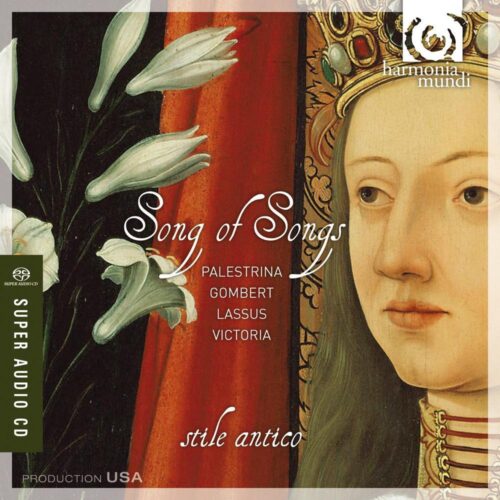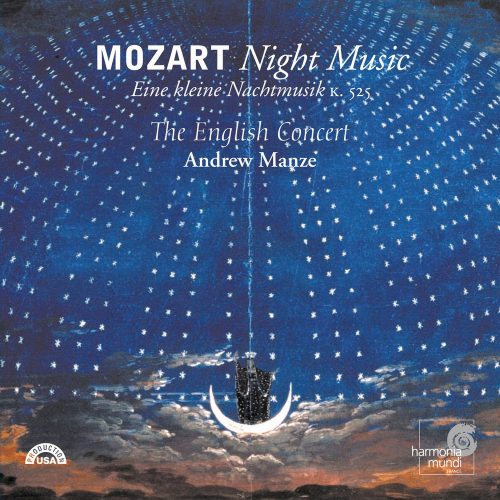What is the Song of Songs? Why is it in the Bible? And why did it gain such popularity amongst Continental composers of polyphony in the sixteenth century? In short, it is a love poem (or perhaps a collection of poems), ascribed to King Solomon, who reigned over Israel between 971 and 931 BC, and after whom the work is sometimes named. The beautiful and often erotic poetry tells of the relationship between the lover and his beloved, traditionally thought to be Solomon and a Shulamite girl. It speaks in colourful and poetic terms of the joys, delights, and the sorrows of their relationship, as well as relating the girl’s dialogue with the young Israelite girls around her. Above all, it consists in rich expression of the love of one for the other, in all its facets.
For many the literal sense of the book alone has not been considered sufficient grounds to merit its place in the canon of holy writ (in spite of the fact that it contains inspiration and wisdom for many an aspiring couple!). Surely it must have a yet more profound meaning! The most established tradition of interpretation reads the relationship between the lover and his beloved as an allegory for the covenant relationship between God and his people. It is a long tradition: as early as the first half of the first century BC Jewish interpreters understood the book as an allegorical account of God’s dealings with Israel; Christian commentators from the early Fathers onwards have continued this tradition, seeing it as referring to the relationship between Christ and his Church, or Christ and the Soul. Such a reading is supported by similar allegories used elsewhere in both the Old and New Testaments.
Yet the surge in the book’s popularity in medieval times, and the resulting proliferation of musical settings, often revolved around the practice of Marian devotion. The so-called ‘Marian interpretation’ of the Song of Songs has sometimes been misunderstood: it is not that the beloved of the poem has ever been seriously understood to refer exclusively to Mary – but rather that, if Mary is revered as the church’s most perfect flowering (as she often was in medieval times), then the poem is about her inasmuch as she ‘represents’ the Church. It is for this reason that the poem was adopted (and often adapted) for use in various medieval Marian liturgies, and seen as prophetic in justifying certain Marian doctrines.
Tracklist
Please note that the below previews are loaded as 44.1 kHz / 16 bit.Total time: 01:17:28
Additional information
| Label | |
|---|---|
| SKU | 807489DI |
| Qualities | |
| Channels | 2ch Stereo, 5 Channel Surround Sound, 2ch Stereo & 5ch Surround |
| Artists | |
| Composers | Anonymous, de Ceballos, de Lassus, de Victoria, de Vivanco, Gombert, Guerrero, l' Heritier, Palestrina, Papa |
| Genres | |
| Mastering Engineer | Brad Michel |
| Original Recording Format | |
| Producer | Robina G. Young |
| Recording Engineer | Brad Michel |
| Recording location | St. Jude on the Hill, Hampstead Garden London |
| Recording Type & Bit Rate | DSD64 |
| Recording Software | Pyramix |
| Instruments | Alto Saxophone, Bass, Tenor Saxophone, Soprano saxophone, Vocal Group |
| Release Date | July 7, 2014 |
Only logged in customers who have purchased this product may leave a review.






Reviews
There are no reviews yet.